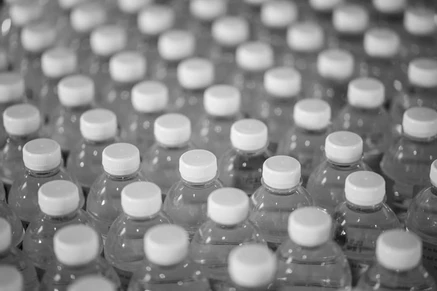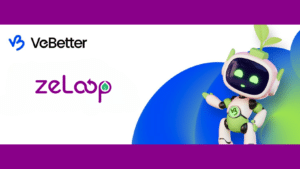If we had to state every single aspect of the growing plastic problem, we could potentially fill up books. To break down the issue to its core components, we have created a series out of the everlasting plastic problem and we plan to propose solutions that we think can help manifest a cleaner and safer environment. The most integral of those solutions (and closest to our heart) being ZeLoop.
A human-induced and human-generated problem that has drastically changed the way we interact with materials and carry out the most menial of our day to day activities. When we talk about plastics, it is easy to associate a negative connotation to the term considering its long term impacts and its unfortunate talent to cause more harm than good when not disposed of rightly.
If plastic had been invented during the Stone Age, we’d probably be living on a literal blob of plastic considering how much of it does not degrade for decades or in some cases, hundreds of years. After the invention of plastic in around 1950, we’ve managed to produce as much as 9.2 billion tons of plastic waste out of which 6.3 billion tons have never even been able to make it to the recycling bins. If every bottle we used was disposed of rightly, imagine the sheer difference we could’ve made on the environment.
Of all of the waste produced and not recycled, the majority of it ultimately ends up in the oceans and seas and we have had to inevitably label these locations as the ultimate disposal point. It has been reported at the University of Georgia that between 5.3 million and 14 million tons of plastic waste end up in just the coastal regions. Imagine lining all this trash up along the coastline to discover how far it would stretch. The mental image itself is haunting!
Now if we look at more stats, it turns out that over 700 species (which includes some endangered species) have been either visibly harmed by this catastrophe – like strangling on fishing nets and swallowing bottle caps – or have managed to feed on the microplastics (plastics smaller than 1/5th of an inch) which leads to bioaccumulation and eventually all of living matter is affected by it.
Since our ocean plastic problem is not nearly as complicated as let’s say climate change, it should be considerably easier trying to come up with a solution to it. ZeLoop is an app that provides such a solution. When you collect and dispose of your used plastic bottles into their respective recycling bins, take pictures, and upload them to the app. This way, you can earn ECO REWARDS while saving marine life. Nemo is very thankful for your contribution!
In the next chapter, we plan to discuss the problem a little more in detail and identify why we litter and what causes the inherent need to do so. This will help address more ways in which we can create a difference. Stay tuned and be sure to drop us a little comment with your thoughts and ideas.



